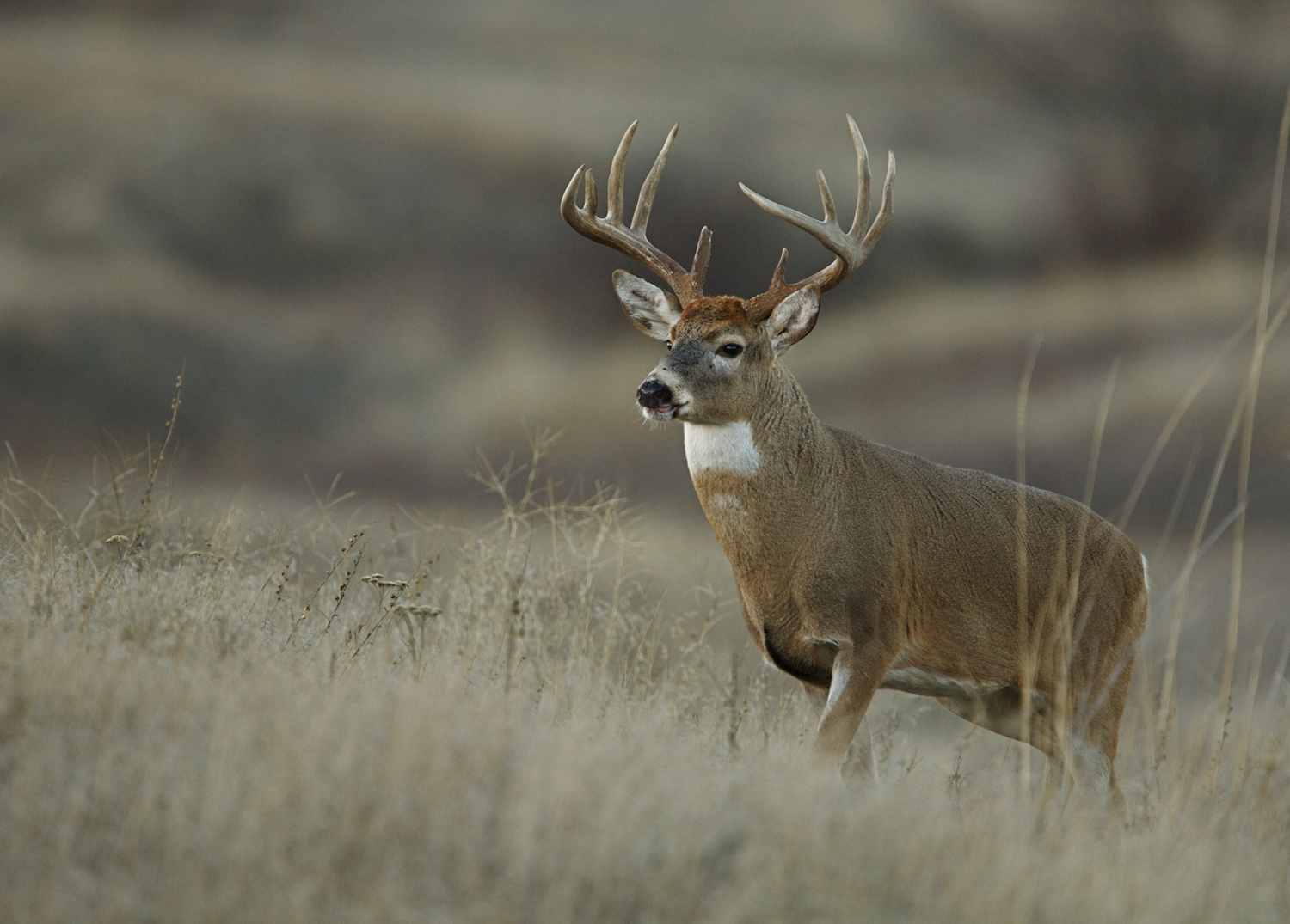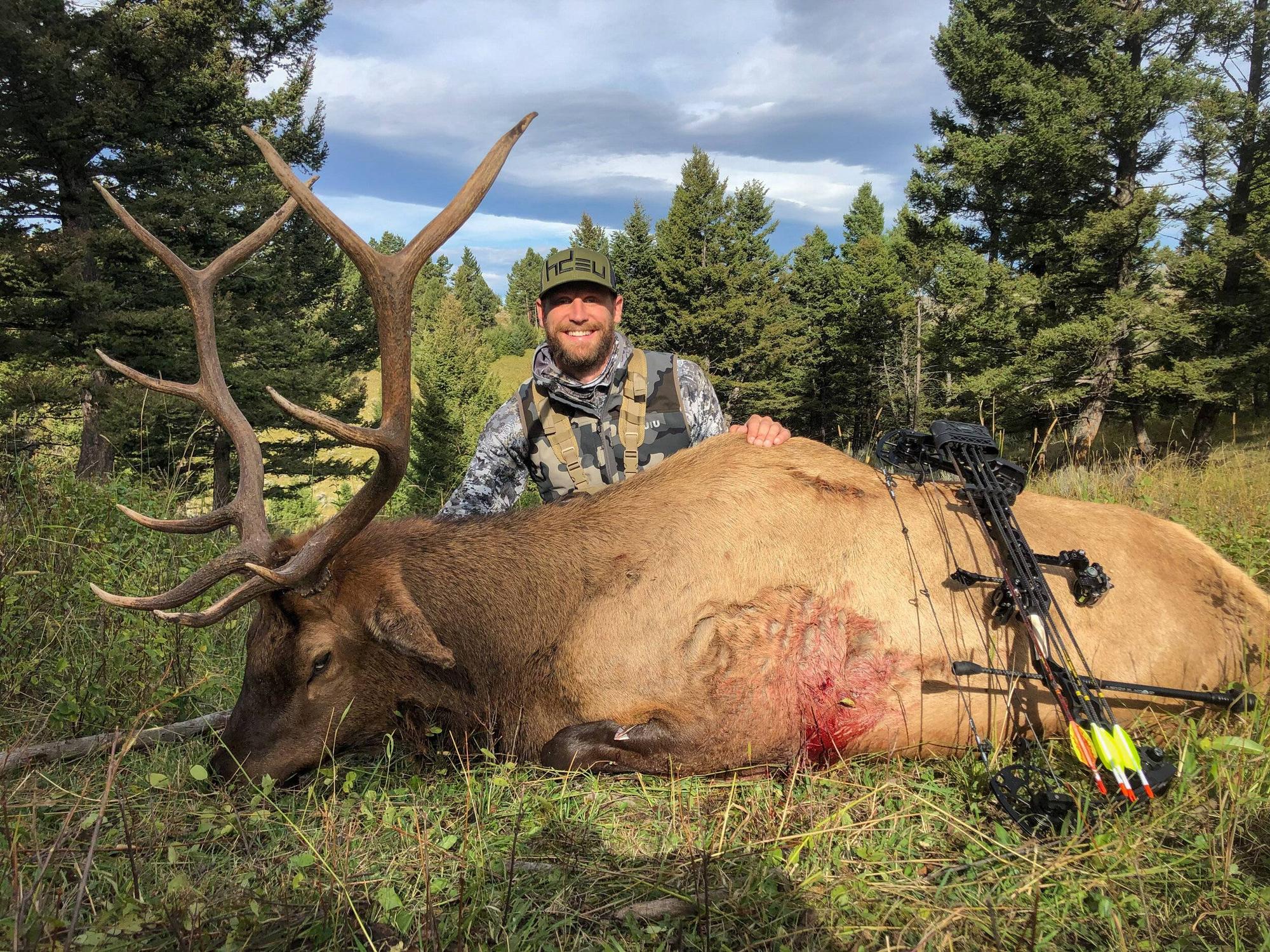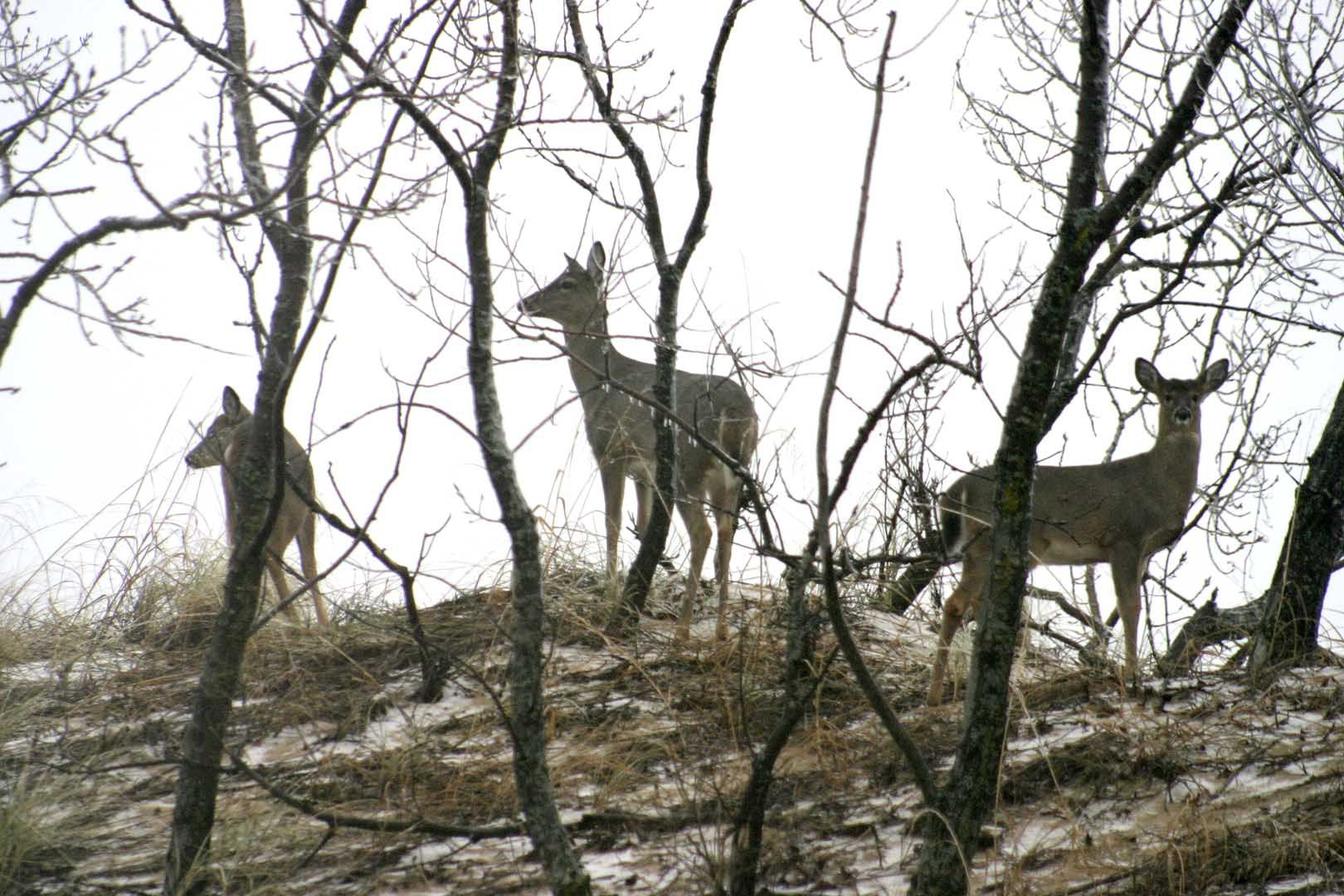
This article explores the effects of wolf hunting season in Southcentral Montana. We also consider Idaho's legalization and quota for Montana wolf hunts. This information is vital for understanding the state's impact on wolf hunting and the overall health the wolf population. You can read on to find out more about wolf hunting in Southcentral Montana. And stay tuned for more articles in the future on the topic of wolf hunting in Montana.
The wolf hunting season is in southcentral Montana
The wolf hunting season in Montana's southcentral is currently in full swing. Hunters are eager to get their hands on the elusive wolf. Though there are fewer wolves now than in years past, they are still highly intelligent and elusive. If you live near a wolf pack, you've likely heard its howling, but never seen it. In some areas, wolves are protected by law. In some areas, however, wolves are not allowed on private land.
This hunting season is closed in southcentral Montana, except for the Yellowstone district. There were 82 wolves killed in this region this season. Some more were also checked in during this grace period, bringing the total of the 88 wolves that were killed this year to 88. Nevertheless, the season was not shut down until all 82 wolves were killed. And with more than 80 percent of wolves killed in this region, it's still possible to find the elusive wolf in your local park.

Idaho legalizes wolf hunting
Idaho opponents of legalizing wolf hunting season claim that wolves are not a threat to livestock and could steal cattle. Idaho's livestock industry lost 102 sheep and cattle to wolves in the last fiscal year. It lost an estimated 40,000 cattle to non-predator factors each year. However, it is not clear if the state can decrease the number of wolves.
The bill's supporters cite the U.S. Department of Agriculture estimate that 130 Idaho cattle were killed by wolves between July 2018-June 2018. This number is likely to rise as the state boasts approximately 2.7 million cattle. However, Idaho lawmakers have a different notion of what constitutes a "reasonable" number of wolves. The new law would permit hunters to kill up to 90% of the wolves in the state. Opponents say this legislation would cause ranchers to begin culling their own animals.
Montana Wolf population: Impact of wolf hunting
University of Wisconsin-Madison has found that deer and elk crashes are reduced when there are wolves. Actually, deer-vehicle fatalities can be reduced by up to 24% when wolves exist. The wolf population in Yellowstone National Park is growing and can be effective in thinning out sick elk, which creates healthier herds. The wolves kill approximately 22 ungulates per year.
The U.S. Fish and Wildlife Service brought back 31 wolves to Yellowstone National Park. Since that time, intensive research has focused on understanding wolf ecology without the threat of human persecution. This vast ecosystem has provided fertile ground for research. Montana law allows aggressive hunting, even though it is estimated that only 2 to 3 percent of wolf fatalities occur outside Yellowstone.

Montana Wolf harvest Quota
The Fish, Wildlife and Parks Commission established a Montana statewide wolf harvest limit last year. Only 184 wolves have been shot in 2019, which is less than 40% from the total quota. It is possible that this will change in the near future. The commission could decide to end the wolf hunt after a certain number of wolves are killed. This season, however, the commission will not review its decision.
To prevent overharvest, the state increased its wolf quota. The commission increased the statewide limit and established individual quotas in each of the seven hunting areas. The FWP will monitor these quotas and shut down hunting regions if they reach certain thresholds. The regional permits hunters to capture 195 wolves from Region 1, which can be found in northwest Montana.
FAQ
Can I hunt with or without a license?
You can hunt without a permit. You are violating the law by hunting without a license.
This could lead to jail time and fines.
Some states allow residents hunting without the need for a license. Check with your state department of natural resources to see if you are allowed to hunt without a license in your area.
What information do I need about hunting?
To hunt successfully, it is important to know how the animal moves, how its habits are and how to avoid getting hurt.
It is important that you are familiar with your state's hunting laws. Certain types of hunting are allowed in some states, while others ban it entirely.
Weather conditions, terrain, as well as the weapon type are all important factors.
If you are considering this hobby, consider whether you prefer to hunt alone or with your friends.
Hunting is something that most people prefer to do with their friends. This is because it helps you focus on your goal. If you're not with someone else, you could miss your chance.
Hunting is a process that requires extensive preparation. Plan your hunt to find the best place.
You'll also need to prepare your firearms. Make sure to clean your guns before you leave the house and make sure they work properly.
Hunting requires you to wear proper clothing. Make sure you dress appropriately for the weather and the terrain.
Make sure you bring enough food and water with you. For any emergency, you should always have extra ammunition and supplies.
You should never leave anything unattended. You might lose it or damage it.
Before you start hunting, make sure you pick a safe spot that doesn't have any predators.
Make sure you follow the rules set out by the government. These regulations protect both wildlife & humans.
How popular is hunting America?
Hunting is an American pastime. Americans spend an average of $8 billion annually on hunting gear and supplies. Average hunters spend around $1,000 each year.
Many people hunt for relaxation and a hobby, but hunting is also a popular sport. The United States is home to nearly 50 million hunters. This includes both male and female hunters.
Hunters can come from all walks. From young children to old adults, they come from all walks of life. Some hunters are experienced while others are new to the sport.
A hunter's most important reason is to enjoy being outside. Hunting is an excellent way to get in touch with nature and feel the freedom of being free.
Hunting is also a social activity. Hunting is often done in a group. Sometimes, these groups include family members and friends as well as co-workers.
Hunting has also become a competitive sport among sportsmen. People compete against themselves and other hunters to see how well they can shoot different types of animals.
Hunters can also compete with other states to break the previous record for biggest deer kill. These records are often set by professional hunters.
What are the advantages of hunting?
Hunting is an ancient practice that many cultures across the globe have continued to do. It was used to obtain food, clothing and shelter. People hunt today for sport and recreation, as well as for food and entertainment. The meat from hunted animal is usually consumed immediately following killing. However, the skin, feathers, bones, antlers horns, teeth and hooves of the animals may be sold as trophy parts.
Hunting isn’t just about eating, it’s a way that you can live.
Because they hunt together, hunters have strong family bonds and close friendships. They share their stories and memories over meals and around campfires.
Hunting and nature are a joy for hunters, and this helps them appreciate the rest of our planet.
When they take care of wild animals, they learn respect and responsibility.
Because they practice conservation, hunters become better citizens. They protect species and habitats. They understand how much land and water we need to survive.
Hunters are part of a community. Their families depend upon them. They support each other. They support local businesses.
Hunters are also able to give back to the community. Many Hunters donate money to support children, seniors, veterans, or other groups.
Hunters may also offer their time and help to those in need. For example, they might work with the Humane Society or the Red Cross.
What guns can you legally use?
You have many options when hunting.
Hunting rifles, shotguns and handguns are the most common weapons used by hunters.
Rifles are designed to fire bullets from long distances. Most shotguns come with pellets. Handguns can fire bullets through the hands. Modern-day pistols have muzzle-loading guns.
Crossbows can shoot arrows. Archery weapons are also known as bowhunters.
Crossbow hunting requires special training. First, learn how you can aim and shoot the weapon.
How many Americans rifle hunt in the US
Around 2 million hunters use rifles to hunt deer, elk and moose each year.
Most of these hunters are male and between 18 and 56 years old. They also come from rural areas.
They typically hunt alone, using either a bow or crossbow, and they usually hunt during daylight hours.
Hunters are most likely to hunt whitetail deer (68%), then mule, 13 percent, and black bears (10%)
While there aren't any national statistics on how many women hunt this sport, evidence indicates that the numbers of female hunters is increasing.
What is the cost of hunting?
Price of a hunting trip will vary depending on where your are located, the species of wildlife that you wish to capture, and the animal you intend killing.
An average hunting party of two persons costs $500-$1,000 per person. This includes accommodation, food as well as equipment, licenses and gas.
Some areas charge higher prices than others. Expect to pay more if hunting during peak seasons like the fall turkey season.
Statistics
- According to the Wildlife Restoration Act, passed in 1937, most of the state conservation efforts are funded through hunting and fishing license sales and firearms sales. (stacker.com)
- Licenses dropped from a peak of roughly 17 million in the 1980s to 15 million in 2019, according to The Seattle Times. (stacker.com)
- Over the past 50 years, the number of hunting licenses in California has been on a rapid decline, falling 70% from more than 760,000 in the 1970s to under 268,000 in 2020—even as the state's population has skyrocketed, according to The Mercury News. (stacker.com)
- Less than 1% of Hawaii's population has a hunting license. (stacker.com)
External Links
How To
How to pick the Best Deer Rifle
Many factors influence the choice of the right firearm, including your hunting style, budget, terrain, weather conditions and other considerations. The most important aspect is the type and species of game you are hunting. You should consider a scope if you intend to hunt whitetail deer. If you don’t want to carry a case, you can either use a bolt action rifle or opt for a semiautomatic rifle. There are many types of rifles on the market. Some people prefer the feel of a trigger-action rifle, while some prefer a pump-action one. You can choose which model you prefer. Before you buy a model, however, there are several things to keep in mind.
First, decide what type of game you want. You want to hunt small game, such as squirrels, or large animals like deer. You may need to choose a different weapon depending upon the size of the animal that you are hunting. For example, if you are planning to hunt deer, then you should look at a.308 caliber rifle. This rifle can kill larger animals that a.223 caliber rifle. It is important to consider the cost of a rifle when choosing a rifle. A good rifle will be cheaper than a low-quality one. It is important to ensure the rifle you choose matches the ammunition you will use. In addition, make sure that the barrel length is sufficient enough so that you can hit the target from far away.
It is also important to consider the terrain on which you are planning to hunt. Do you plan to hunt in dense forests or open fields? You should choose a long-range rifle if hunting is in open areas. If you're hunting near trees, you can use a shorter range rifle. Make sure that you have adequate knowledge regarding the type of terrain you intend to hunt.
Last but not least, you should always check the condition of the rifle before purchasing it. Make sure that the rifle is well maintained. Make sure the trigger works correctly. You should inspect the trigger for signs of corrosion or rust. Examine the stock and finish of the rifle. Finally, test fire the rifle to see how accurately it shoots. These steps will allow you to determine if the rifle is right for you.